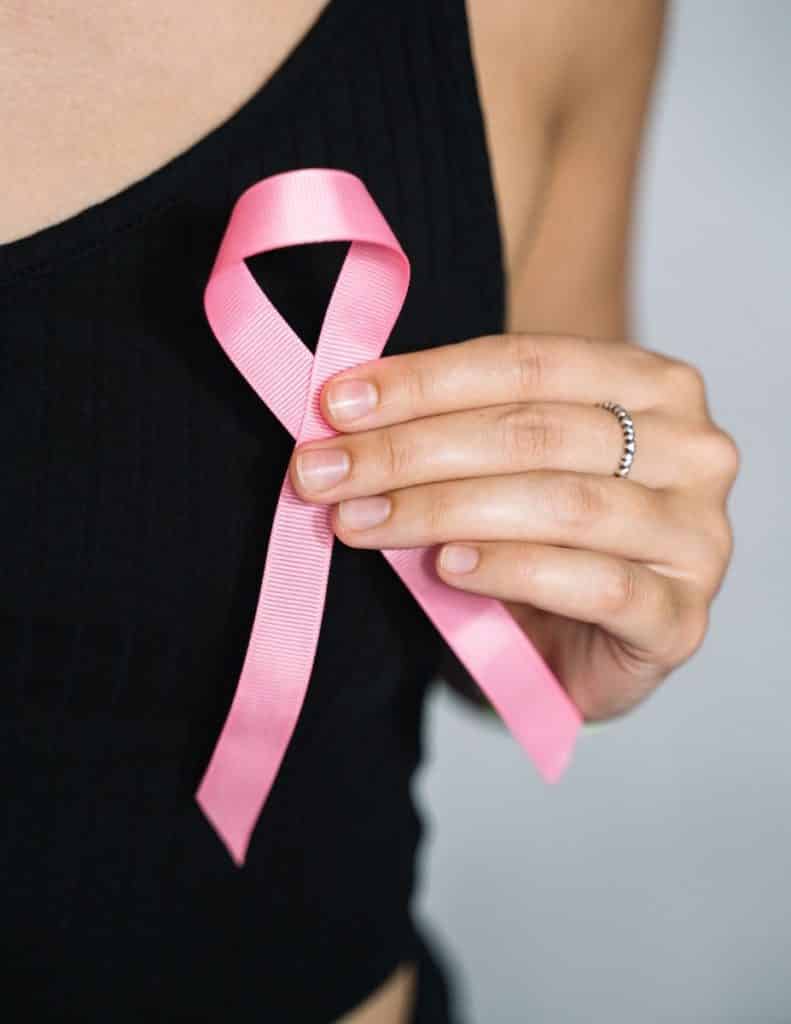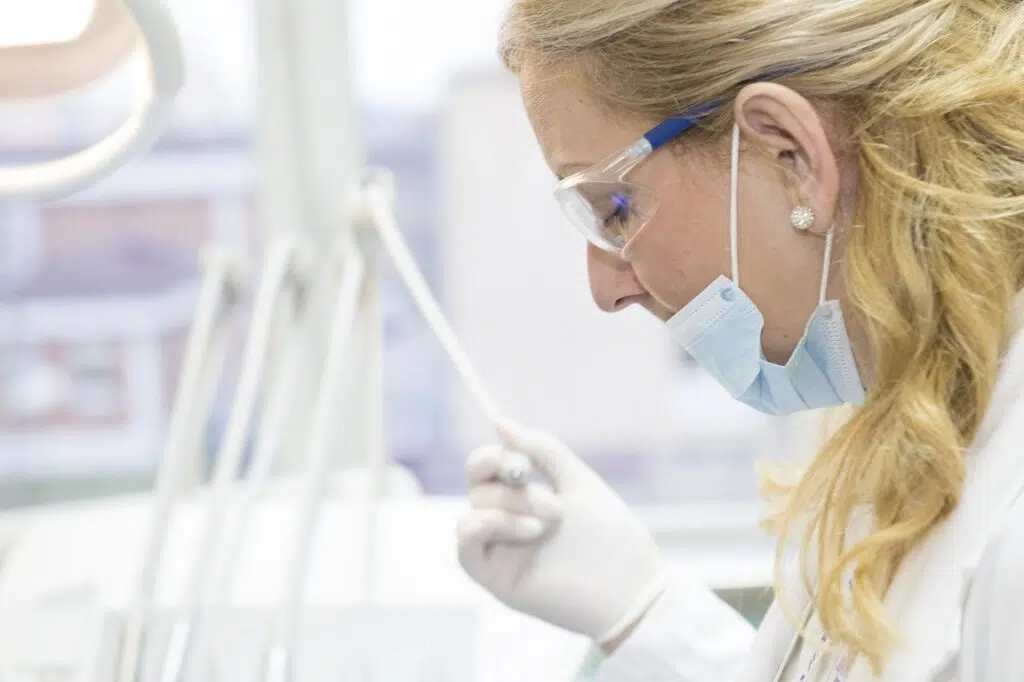
Table of Contents
ToggleIntroduction
Breast cancer is a disease that affects millions of women and men worldwide. Knowing the facts about breast cancer can reduce your risk and protect your health. Here are some common questions and answers about breast cancer.
What Is Breast Cancer?
Breast cancer is a type of cancer that develops in breast cells. It is the most common form of cancer among women. There are approximately 2.3 million new cases diagnosed yearly. Breast cancer can occur in men, accounting for less than 1% of all breast cancer cases.
Cancer Is The Second Leading Cause Of Death In Women
Types Of Cancer
Breast cancer is a disease where cells in the breast grow out of control. There are two common types of breast cancer: invasive and non-invasive. Non-invasive breast cancer means the cancer cells are in one place, inside the milk ducts. Invasive breast cancer means the cancer cells have grown into other parts of the breast.
Non-Invasive Breast Cancer
Doctors refer to non-invasive breast cancer cells as in situ. In situ is the term used to describe breast cancer that does not spread beyond the milk ducts or lobules. In situ, cancers are ductal carcinoma (DCIS) and lobular carcinoma (LCIS). This type of breast cancer is treatable when detected early with a mammogram.
Invasive Breast Cancer
The most common type of breast cancer is invasive ductal carcinoma. This form of cancer starts in the breast’s milk ducts and then grows into the surrounding tissue. The second most common type of breast cancer is invasive lobular carcinoma. It begins in the lobules and then spreads to other areas of the breast.
Invasive Ductal Carcinoma (IDC)
Two forms of invasive breast cancer are invasive ductal carcinoma (IDC) and invasive lobular carcinoma (ILC). These types of cancer can be harder to detect with a mammogram. Learning about breast cancer and how to see it early is crucial. Regular screenings and follow-up care are vital to detect any breast changes early.
Risk Factors Associated With Breast Cancer
It’s important to understand the risk factors associated with breast cancer. As well as the signs and symptoms of the disease. Risk factors include age, family history, and lifestyle choices. Equally important are smoking and excessive alcohol consumption. Early detection and treatment of breast cancer can save lives.
- Breast cancer is a type of cancer that develops in breast cells.
- Risk factors for breast cancer include age, gender, family history, and certain genetic mutations.
- Other factors that may increase your risk include exposure to estrogen, lack of physical activity, and obesity.

Screening and Prevention
Mammograms Screening Test
The American Cancer Society
Breast MRI
Ultrasound
Self-Exams
- Regular screening tests, such as mammograms, breast MRI, and ultrasound, can help detect breast cancer early.
- Healthy lifestyle choices, such as eating a balanced diet, staying physically active, limiting alcohol intake, and not smoking, can also reduce your risk of developing breast cancer.

Resources and Support
WHO (World Health Organization)
The American Cancer Society
The Breast Cancer Research Foundation
Susan G. Komen Foundation
The National Breast Cancer Foundation
Always Participate And Donate To These Organizations
- Organizations like the American Cancer Society and Susan G. Komen support, educate and advocate for breast cancer patients.
- Participating in fundraising events for breast cancer research and advocacy can also help raise awareness and support for those affected by the disease.
Conclusion
External Links:
- American Cancer Society: https://www.cancer.org/cancer/breast-cancer.html
- Susan G. Komen: https://ww5.komen.org/BreastCancer/AboutBreastCancer.html
- National Breast Cancer Foundation: https://www.nationalbreastcancer.org/
About The Author
Zackery Dixon
administrator
Zackery N. Dixon, a seasoned web designer, entrepreneur, blogger, and proud U.S. Marine, has carved a remarkable path in the digital landscape. At 69, Zackery’s extensive experience and dedication have culminated in a fulfilling retirement, underscoring his notable achievements in the industry.
With a career spanning several decades, Zackery’s expertise in web design is reflected in the successful management of four diverse and dynamic websites. Each platform—First Digital Electronics, Law of Attraction Lab, Diet Exercise Pros, and Yoga Meditation Hub—demonstrates his commitment to delivering valuable content and innovative design.
Disclaimer: The information provided on this blog is for informational purposes only and should not be considered as professional advice.
Always seek the advice of a qualified professional with any questions you may have regarding a particular matter.



